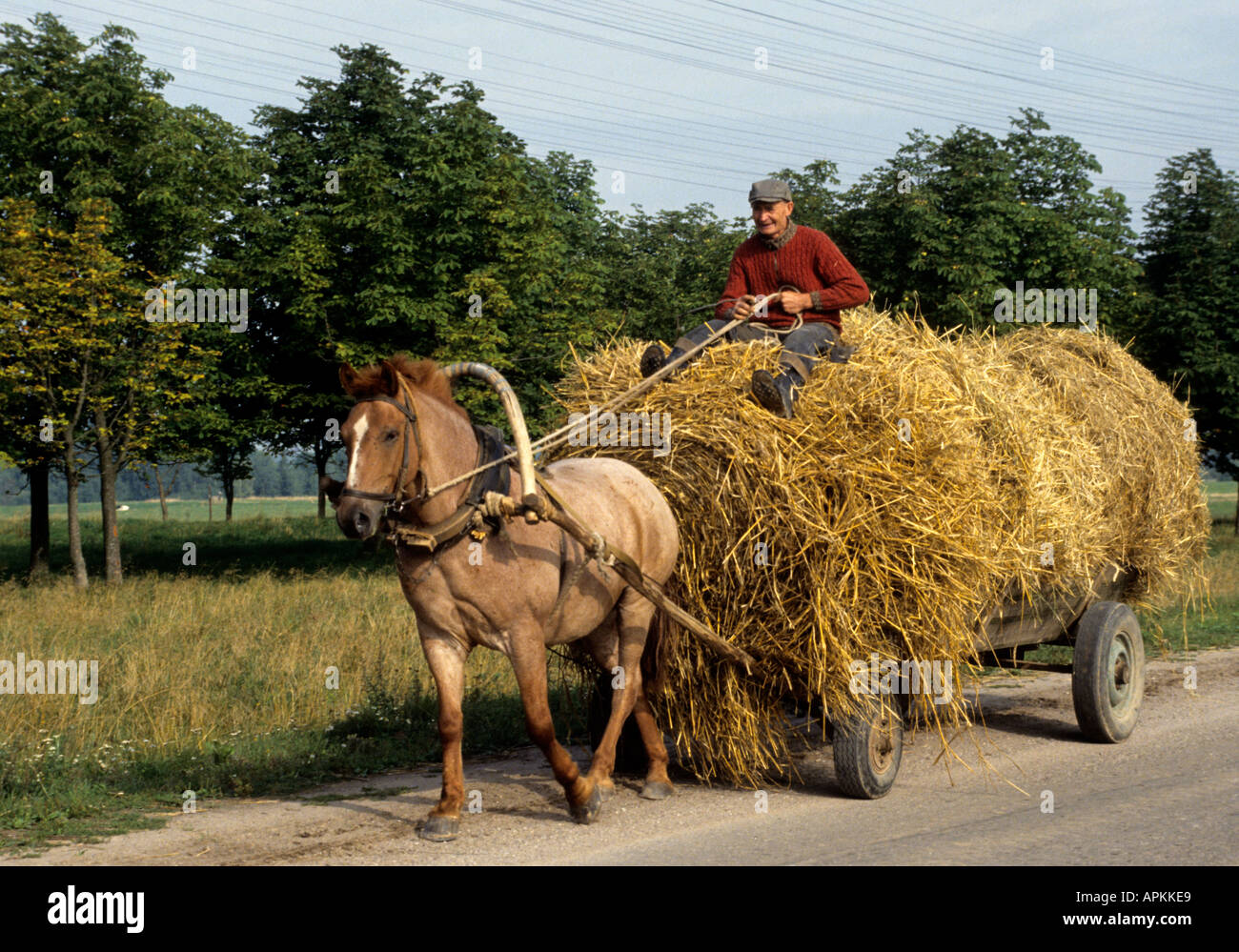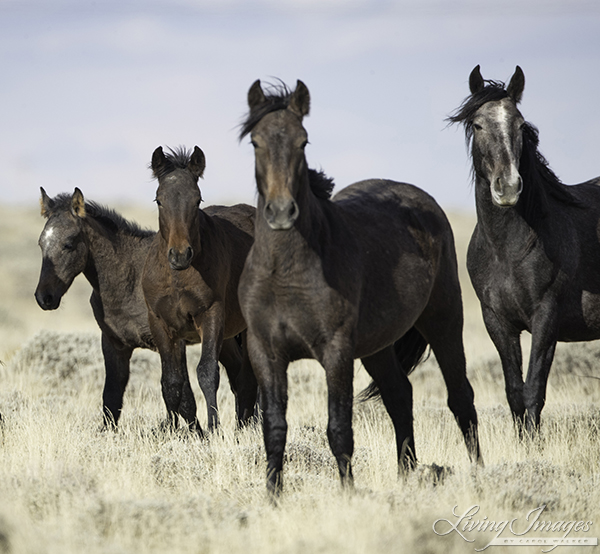

As I extract from the English original an Afrikaans counterpart, my goal is not to compose a copy, but an Afrikaans poem in its own right.

It is an enlightening and thrilling project. I have already moved content from one stanza to another to recreate the narrative of the ballad within the confines of Afrikaans rhyme, introducing different details from my mother’s shepherding youth to facilitate the change. Thus, I depart from the English where the Afrikaans demands it.

From “Shepherd Girl” to “Skaapwagtertjie” Changing the medium changes the meaning, wherefore a translation must take on a life of its own. Just as Millet’s oil painting Young Shepherdess (if I may select a work particularly apt 3) in watercolour loses a fundamental part of its import (namely the solemnity that oil imparts), so does rendering “Shepherd Girl” in Afrikaans sacrifice something integral to it. All of this is lost in the staccato of an English rendering: “‘The gallop… the gallop … the gallop?!’” The downbeats, cadence and pronunciation-the “feel” of the English-deliver none of the urgency, desperation, tension and sheer terror that the very nature of Afrikaans invokes and sustains.Ī poem-indeed, any artwork-is untranslatable because its Form and Content are inextricably linked. Moreover, the depth of the in has the impact of a hoof stroke and the sliding guttural connecting the two syllables before and after it imitates the sound of gravel. In the Afrikaans, the natural downbeat of the syllables and the way in which the sounds of the two words connect in the repetition perfectly mimic the rhythmic doo-doo-DOOF, doo-doo-DOOF, doo-doo-DOOF of galloping horse (and racing heartbeat). “‘Die galop … die galop … die galop?!’” 2 Impossible to translate in English are the movement and contextual dread contained within what is arguably its simplest line:

Visser’s “Die Ruiter van Skimmelperdpan” (“The Rider of Dapple Grey Flat”) is a tense poem describing the gruesome ghost of a headless soldier on a fleeing horse. The result, therefore, will be an inferior facsimile-an approximation that is no more than a shell of the original. The poet’s use of expressive device (through onomatopoeia, understatement, alliteration, imagery, cliché, symbol, metaphor, simile, hyperbole, personification, idiom and prosody) in one language, may simply not be available in another, and thus the essence-the gestalt-of his poem is compromised or even lost entirely when translated. This is, of course, the result of the inherent differences between languages, for just as each affords unique opportunities for polysemy and rhyme, so do its mechanisms for producing meaning-what word must go where (syntax), what syllable must be emphasised (accentuation), what rhythm must connect this word with that (cadence)-dictate the rules a poet must follow (or flout) to establish meaning and style. Even in the rare instance where the Afrikaans allows for a faithful rendition of any given line, with all its poetic content intact, another becomes semantically impossible-either for lack of an appropriate rhyming word or some other linguistic complication. I recently stated that poetic subtleties rarely migrate between languages, and as I attempt to cast “Shepherd Girl” into “Skaapwagtertjie” 1, an Afrikaans translation, the statement rings true with every stanza. Different Language, Different Opportunities Young Shepherdess by Jean-François Millet (1870–73) in oil.


 0 kommentar(er)
0 kommentar(er)
